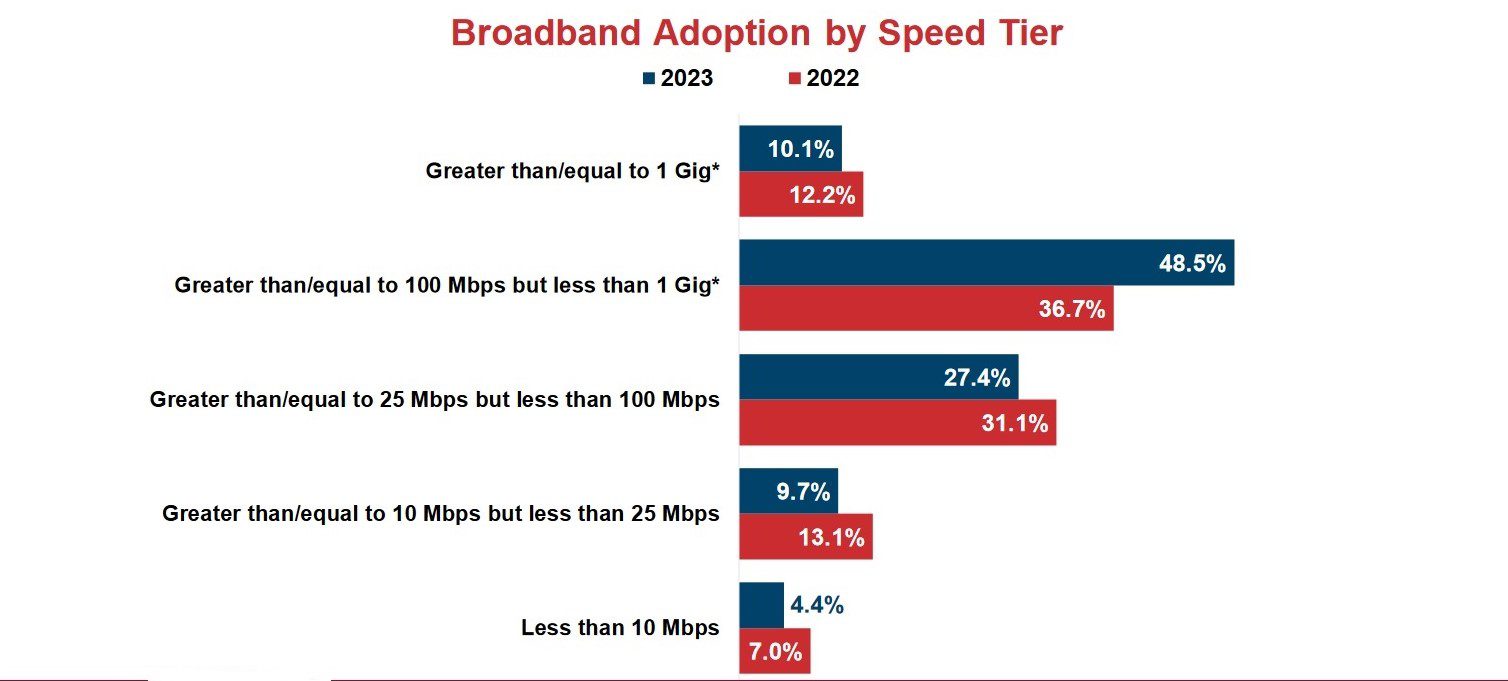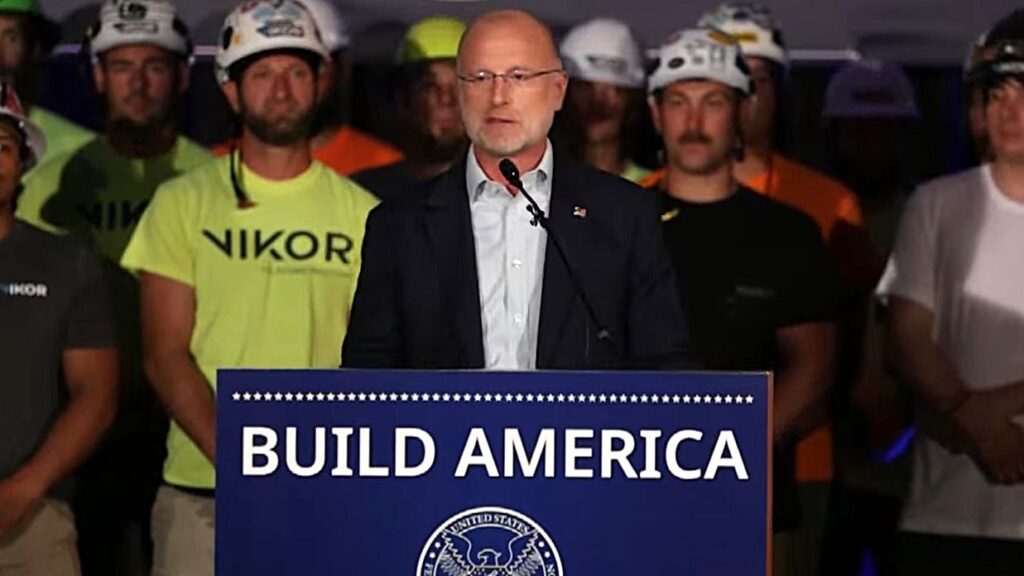More Than 60% of NTCA Members in Survey Report 1 Gbps to the Home
Randy Sukow
|

Most rural telco members of NTCA-The Rural Broadband Association report that they have made the commitment to fiber optic technology in their ILEC services areas and to delivering broadband at speeds equivalent to those urban ISPs offer. NTCA earlier this week released its annual Broadband/Internet Availability Survey Report, which tracks its members’ current level of broadband services.
“This year’s survey reinforces and underscores NTCA members’ abiding commitment to the communities they serve, advancing broadband built to last in rural America, and highlights how rural consumers are making greater use of these services,” said NTCA CEO Shirley Bloomfield in a press release.
The report finds that 67.1 percent of those surveyed offer a 1 Gbps tier or faster downstream to their members. Reflecting the growing demand for symmetrical service, 61.1 percent of member also offer 1 Gbps upstream.
However, most broadband subscribers in NTCA members’ areas do not yet take the 1 Gbps service. The largest percentage is the 48.5 percent that take service between 100 Mbps and 1 Gbps, which is an increase from 36.7 percent from the 2022 survey. (See chart above.) In fact, those taking 1 Gbps service fell from 12.2 percent in 2022 to 10.1 percent in 2023. However, the overall trend indicates preferences moving away from lower-speed tiers.
Many respondents indicated that they use more than one broadband technology to reach their subscribers, but there is a clear preference for fiber. Ninety-eight percent indicated using some form of fiber or optical technology in their networks. Other technologies still in use include copper/DSL (45.9 percent); unlicensed fixed wireless (10.7 percent); coaxial cable (6.3 percent), and licensed fixed wireless (6.3 percent).
Cost is the greatest barrier to faster broadband deployment. However, supply chain issues that have had a major effect on fiber construction costs seem to be improving as 40.7 percent of respondents listed it as a barrier to deployment compared to 62.1 percent in 2022. Sixty-one percent said they had experienced no delay in equipment orders during 2023. Overall inflationary pressure remains constant, with 36.6 percent listing it as a barrier, about the same as 2022.
In reaction to the COVID-19 and instances of households unserved by broadband during the pandemic, Congress created the Affordable Connectivity Program (ACP) for low-income families to adopt broadband. Interestingly, consumers in NTCA members’ areas have shown little interest in the program so far. The survey shows that an 84.4 percent majority of respondents are offering ACP discounts, but in 97 percent of their service areas, 20 percent or fewer customers applied.

